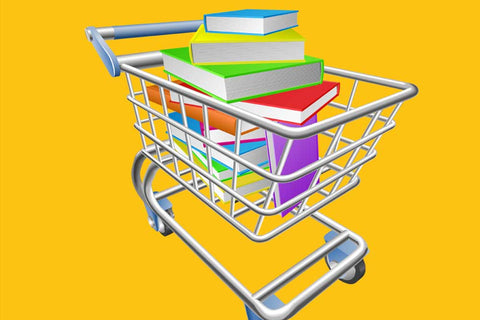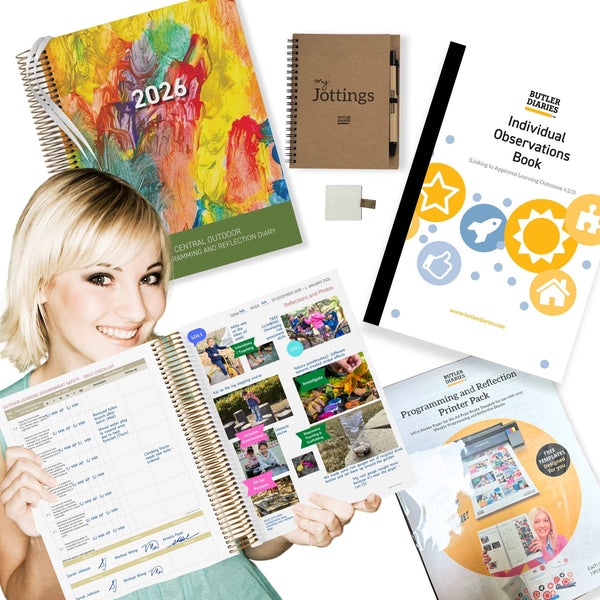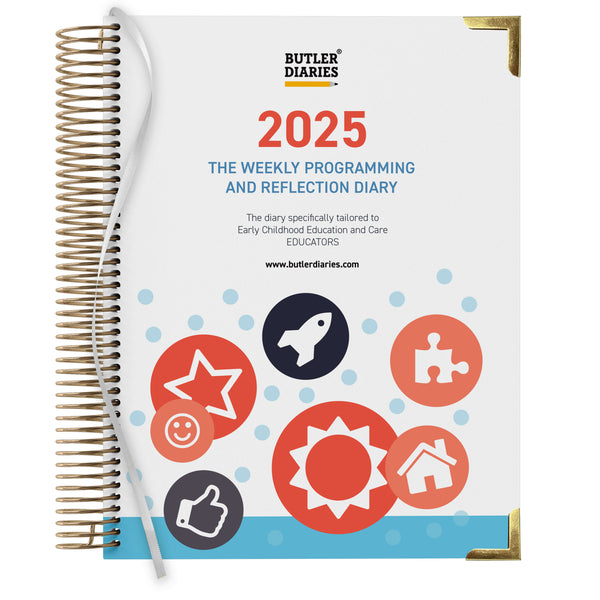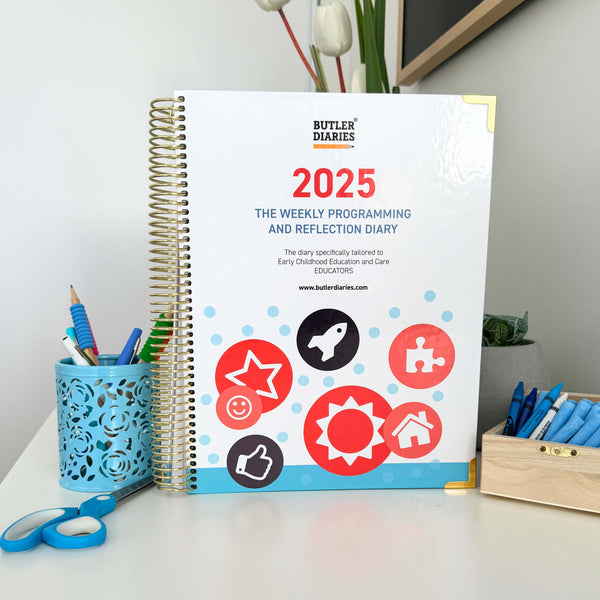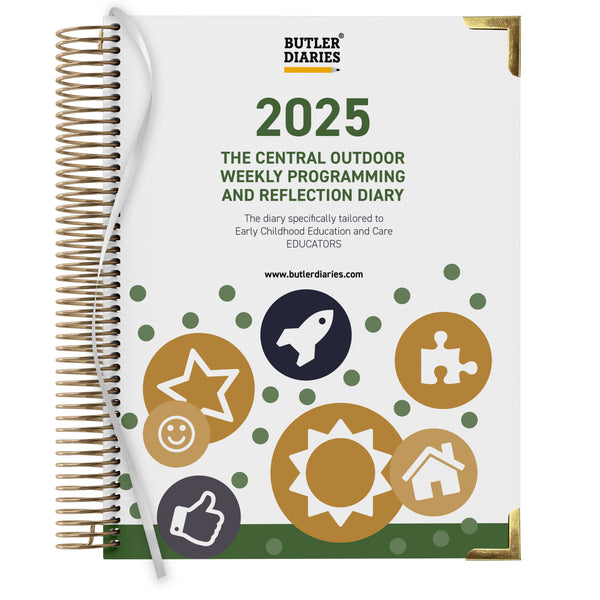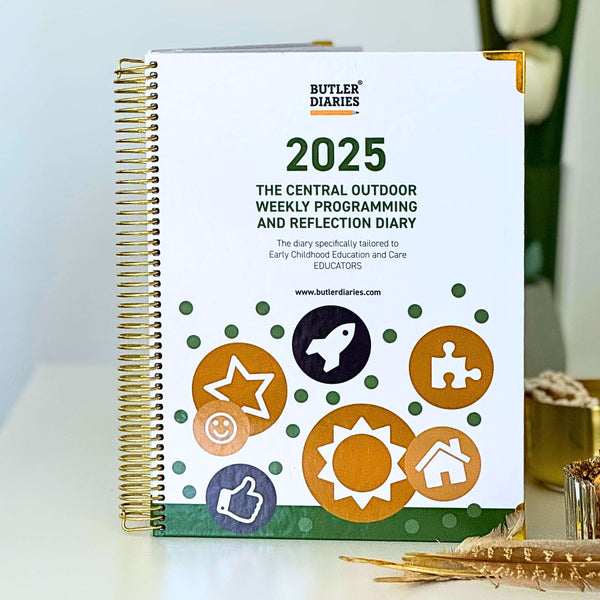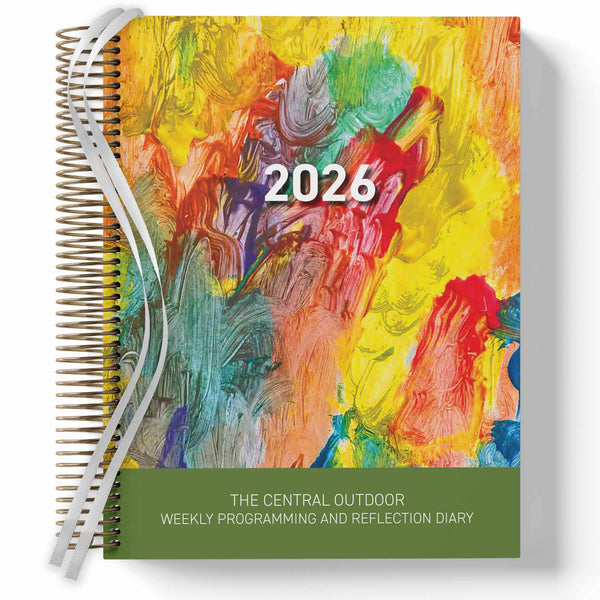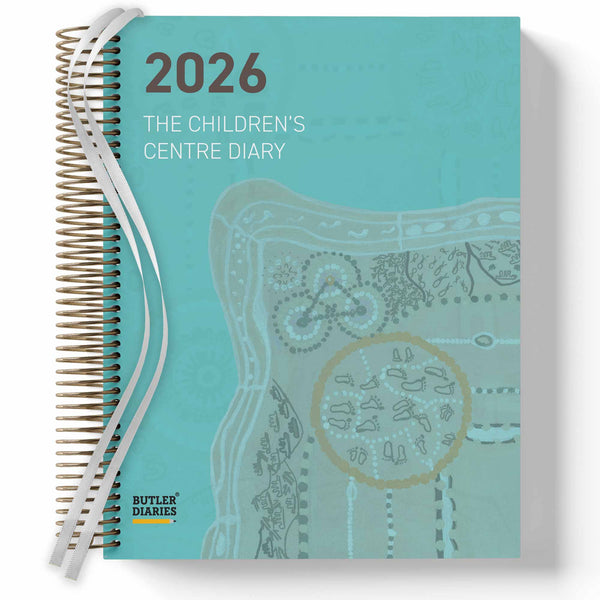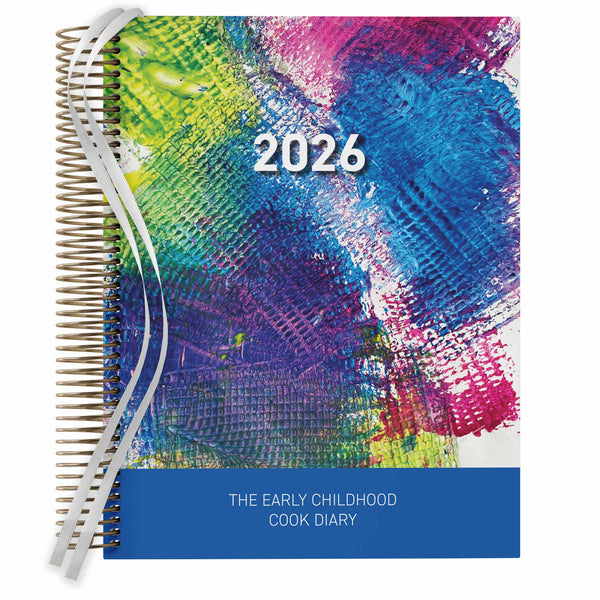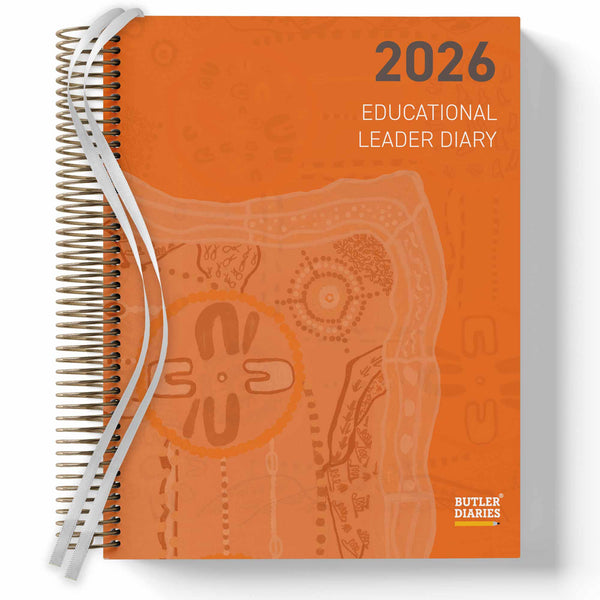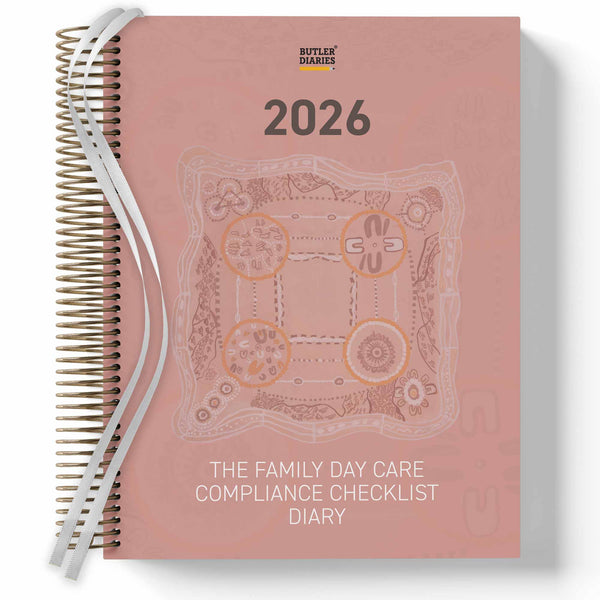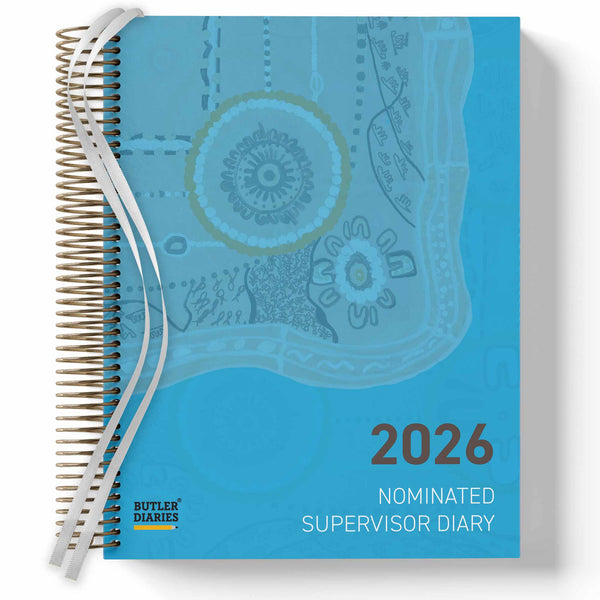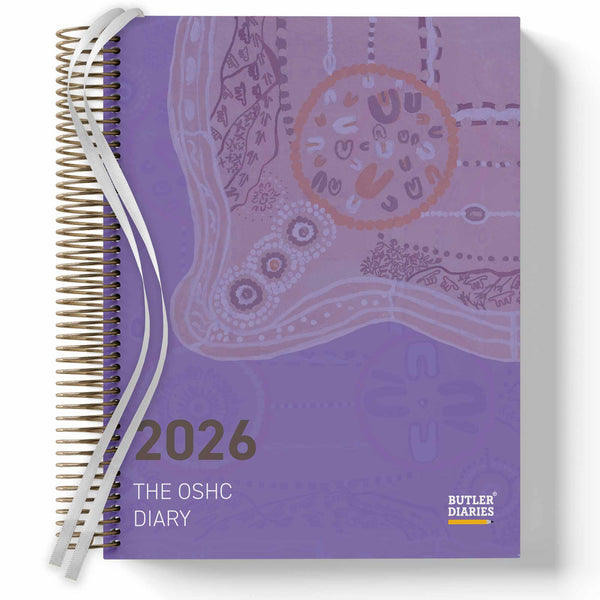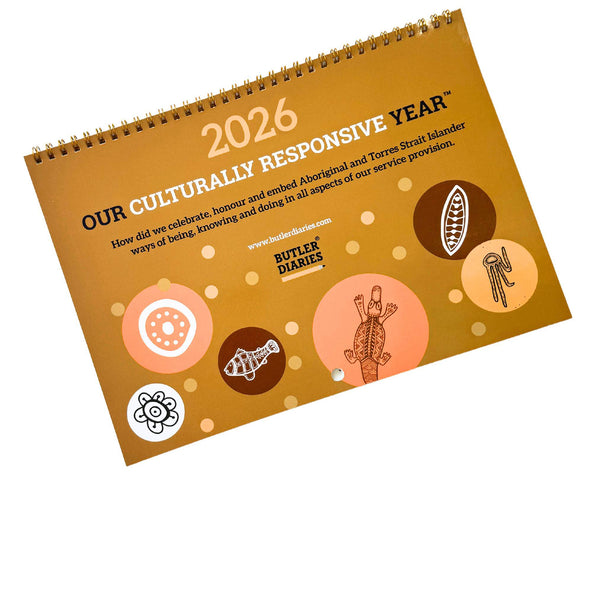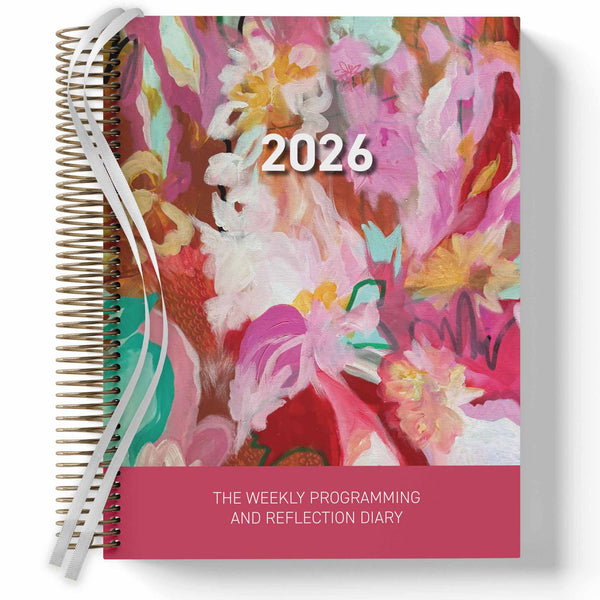Navigating EYLF compliance can feel overwhelming, but it's essential for delivering high-quality early childhood education in Australia. The Early Years Learning Framework (EYLF) sets standards for educators, ensuring children aged 0–5 receive meaningful learning experiences. This guide simplifies the key requirements, offering practical tips for documentation, planning, and staying compliant with evolving regulations.
Key Takeaways:
- EYLF Overview: Focuses on Belonging, Being, and Becoming, supported by five principles, eight practices, and five learning outcomes.
- Compliance Areas: Seven Quality Areas under the National Quality Standard (NQS) guide compliance, from child safety to governance.
- Documentation: Observations, learning stories, and reflection journals are vital. Designed to easily link to EYLF outcomes for clarity.
- Recent Updates: New EYLF changes (effective 1 February 2024) and upcoming child safety regulations (1 September 2025) require early preparation.
- Tools: Resources like Butler Diaries and digital platforms simplify documentation, saving time and reducing stress.
EYLF compliance isn't just about meeting standards - it's about creating enriching learning environments and supporting every child’s development. This article breaks down the essentials, helping you stay organised and confident in your role.
Main EYLF Compliance Requirements
Navigating the Early Years Learning Framework (EYLF) and National Quality Standard (NQS) requirements can feel daunting, but breaking them down makes it much more manageable. They form the foundation of high-quality practice and outcomes for children in Australia.
Each Quality Area addresses a specific aspect of early childhood education and care, working together to support professional standards and meaningful learning experiences. Below is an overview of these areas and the essential documentation needed to meet compliance.
Quality Areas Through an EYLF Lens
The seven Quality Areas focus on distinct aspects of practice:
-
Quality Area 1: Educational Program and Practice
This area emphasises creating tailored educational programs that align with each child's unique needs. These programs should reflect the EYLF's learning outcomes and principles, supported by individualised learning plans and assessments. -
Quality Area 2: Children's Health and Safety
Ensuring children’s physical and emotional well-being is central here. Policies must address illness management, hygiene practices, and emergency procedures. Services are also required to maintain incident, injury, and illness records until the child turns 25 years old. -
Quality Area 3: Physical Environment
Spaces, both indoors and outdoors, should be safe, engaging, and encourage exploration. -
Quality Area 4: Staffing Arrangements
Compliance in this area includes maintaining appropriate educator-to-child ratios and ensuring staff have the required qualifications. -
Quality Area 5: Relationships with Children
Positive, respectful interactions are crucial for nurturing a child’s sense of belonging and self-esteem. -
Quality Area 6: Collaborative Partnerships with Families and Communities
Regular communication with families about their child’s development and fostering community connections are key aspects of this area. -
Quality Area 7: Governance and Leadership
Effective management is supported by clear policies and procedures, ensuring smooth and accountable service operations.
To demonstrate compliance, services must maintain thorough documentation. This includes child assessments, evaluations, and attendance records, which should be kept for three years after a child’s last attendance. Medication records and enrolment details, including emergency contacts and any special considerations, must also be documented.
| Quality Area | Key Focus | Documentation Required |
|---|---|---|
| Educational Program and Practice | Individualised learning plans | Child assessments, programming records, observation notes |
| Children's Health and Safety | Policies on well-being and incident management | Incident records, medication logs, safety procedures |
| Physical Environment | Safe and engaging learning spaces | Environmental assessments, risk management plans |
| Staffing Arrangements | Qualified staff and proper ratios | Staff records, qualification certificates, ratio documentation |
| Relationships with Children | Positive interactions and belonging | Observation records, evidence of relationship building |
| Collaborative Partnerships | Family and community involvement | Communication logs, partnership agreements |
| Governance and Leadership | Clear policies and effective management | Policy documents, leadership procedures, compliance records |
Responsive Practices for All Children
EYLF compliance also involves adopting practices that are responsive to every child, with particular attention to inclusivity and diversity. A key focus is promoting cultural security for Aboriginal and Torres Strait Islander children and their families, aligning with EYLF Outcome 2: Children are connected with and contribute to their world.
This involves more than just acknowledgment; it means actively integrating Indigenous perspectives into daily activities. For example, starting the day with an Acknowledgement of Country or inviting local Elders to share cultural stories and knowledge are meaningful ways to embed these practices.
Cultural responsiveness goes beyond awareness. It’s about understanding, communicating, and interacting effectively across cultures. This includes adapting your approach to meet the needs of children with additional needs, diverse family structures, and various cultural backgrounds. Strategies might involve tailoring observation methods, adjusting communication techniques, or modifying learning environments to ensure every child feels valued and can participate fully.
When documenting responsive practices, include specific examples of how you’ve adapted your approach for individual children. Detail the strategies used, the outcomes observed, and how these align with the EYLF principles and learning outcomes. This evidence-based approach not only ensures compliance but also supports ongoing improvement in your practices.
Reflection plays a key role in maintaining EYLF compliance. Regularly evaluate and refine your strategies based on children’s evolving needs, family feedback, and input from the community. This reflective process strengthens both your compliance efforts and your commitment to delivering high-quality early childhood education. Together, these responsive practices and the seven Quality Areas create a comprehensive framework for meeting EYLF standards.
Documentation Practices That Work
Good documentation is more than just a requirement for EYLF compliance - it's a way to enhance teaching and truly capture children's learning journeys. When done thoughtfully, it shifts from being a regulatory task to a valuable teaching tool.
Types of Documentation Required
To meet EYLF standards, several forms of documentation are needed to show how children are progressing and learning. Observations are the cornerstone of this process, providing clear evidence of individual or group development against EYLF outcomes.
"According to the Educators' Guide to the Early Years Learning Framework, documentation is the practice of recording and creating evidence of learning and the learning progress, helping make it visible."
Jottings are short and sweet but can be powerful tools to capture ongoing learning, children’s input, and reflections. Learning stories offer a narrative approach, weaving together key moments to illustrate a child's growth over time. These stories connect everyday experiences to broader learning outcomes, making them a powerful tool for showing progress. Assessment records go a step further by analysing these observations in more detail, linking them to developmental milestones and EYLF outcomes to guide future planning and communication with families.
Reflection journals are another essential tool. They capture your professional insights, helping you evaluate both children's learning and your teaching strategies. These journals not only demonstrate your commitment to improvement but also guide your responses to what you observe in practice.
Whether you prefer electronic, visual, or paper-based methods, the goal is to document efficiently and effectively. These records not only ensure compliance but also provide a roadmap for future educational planning.
 Best Practices for Documentation
Best Practices for Documentation
To create meaningful and efficient documentation, consider these practical strategies. They align with EYLF outcomes while ensuring your records are both compliant and valuable.
- Be Objective and Precise: When recording observations, focus on what you see and hear without making assumptions about a child's thoughts or feelings. This keeps your documentation credible and useful for planning.
- Capture Details Quickly: Record observations as soon as possible to preserve important details. Quick notes taken in the moment can later be expanded into more thorough accounts without losing authenticity.
- Incorporate Children's Voices: Including direct quotes from children, like "I made it strong like the bridge we saw", brings their creativity and agency to the forefront. It also enriches the story of their learning journey.
- Link Observations to EYLF Outcomes: Use the language and concepts of the framework to connect your observations to specific outcomes. For instance, if a child negotiates roles during dramatic play, you might tie it to Outcome 3: Children have a strong sense of wellbeing, highlighting their confidence and social skills.
- Use Strengths-Based Language: Focus on children's abilities and achievements. This approach aligns with EYLF principles, supports their self-esteem, and creates documentation that families will value.
- Make Documentation Accessible: Keep observations visible during planning sessions so they can actively inform future activities. This ensures follow-up opportunities aren't missed.
- Obtain Consent for Photos: Always get proper consent before taking or storing children's photos. This not only meets legal requirements but also keeps families informed and involved.
- Plan Follow-Up Experiences: Use insights from your documentation to design activities that extend learning. For example, if a child shows interest in building structures, plan activities that deepen their exploration of this skill.
Effective documentation is about finding the balance between being thorough and efficient. Focus on capturing significant moments that reveal genuine learning and development. By regularly reviewing and improving your practices, you’ll ensure your documentation stays purposeful, supports EYLF compliance, and enhances your teaching goals.
Tools to Simplify EYLF Compliance
Managing EYLF compliance doesn’t have to feel overwhelming. With 70% of educators putting in an extra 9 unpaid hours each week, finding tools that lighten the load is essential - not just for meeting standards but also for maintaining a healthier work–life balance.
Using Planning and Reflection Tools
Good documentation is at the heart of EYLF compliance, and planning and reflection tools can make this process much easier. These tools are designed to fit seamlessly into daily routines, helping educators highlight each child’s strengths, interests, and abilities.
Take customised programming and reflection diaries, for example. Butler Diaries offers a solution tailored specifically for early childhood educators. Priced at $69.99, these spiral-bound, hard-cover diaries incorporate the "Butler Method", which makes it easier to track programming, reflections, and compliance in one central place. With role-specific sections aligned to EYLF requirements, they’re a practical way to save time and reduce the stress of compliance tasks.
The difference these tools make can be profound. As one Educator Lead from NSW shared:
"By streamlining to one page, we've doubled team engagement in cycle documentation and halved the anxiety."
Modern planning tools also bring flexibility. Many now allow you to capture learning moments with photos, audio, or sketches alongside written notes. Some even come with built-in assessment tracking systems that link activities directly to EYLF outcomes. Features like quick reference guides and outcome summaries further simplify the process, making it easier to connect daily experiences with framework requirements.
For those in Victoria, the Early Years Assessment and Learning Tool (EYALT) remains an approved option, though its use is voluntary. Meanwhile, the Australian Government has introduced the Preschool Outcomes Measure. Tools that adapt to these evolving frameworks ensure your documentation stays on track, no matter how requirements shift.
But planning tools are only part of the equation. Combining digital and physical resources can take compliance and documentation to the next level.
Combining Digital and Physical Resources
Blending digital tools with physical resources can create a system that’s both efficient and thoughtful. Each has its strengths, and knowing when to use which can make all the difference.
Digital platforms excel in capturing spontaneous learning moments in real time. For instance, you can instantly share photos and updates with families or use project management software to track program changes. These tools are perfect for quick, on-the-go documentation.
Physical planners, on the other hand, are invaluable for deeper reflection. Writing by hand often leads to more thoughtful analysis, making it a reliable option when digital tools aren’t practical or when you need to step back and think.
An integrated approach works best. For example, you might capture observations digitally and later transfer key insights into a physical planner for more detailed reflection. This method ensures every critical moment is both documented and thoughtfully analysed.
Creative combinations of digital and physical tools can also enhance learning outcomes. Consider this example: Educator Amelia led a Digital Nature Walk, where children used tablets to photograph textures, patterns, and colours in nature. They then created digital collages and reflected on their discoveries, aligning with EYLF Outcome 5 (Children are effective communicators).
In another case, Amelia supported a child with limited verbal expression through a Digital Puppet Theatre activity. The child designed a puppet using a simple app, recorded a story in their own voice, and shared it with the class. This activity linked to multiple EYLF outcomes (1.3, 4.1, 5.1, and 5.5) and was documented through both digital recordings and written observations of the child’s growing confidence.
Ultimately, the right mix of tools depends on your style. Some educators prefer starting with digital notes and transitioning to physical formats for reflection, while others do the reverse. As the Department of Education, Employment and Workplace Relations points out:
"Children benefit from opportunities to explore their world using technologies and to develop confidence with digital media."
sbb-itb-706bda8
Keeping Up with EYLF Compliance Changes
The early childhood education sector is always changing, which means staying informed is a must. With new safety standards, updated frameworks, and shifting expectations, educators need to stay ahead by regularly updating their knowledge. This ever-evolving environment calls for not just updated processes but also a commitment to ongoing professional development.
Recent and Upcoming Regulatory Updates
Changes to EYLF compliance are focusing heavily on improving child safety. Following ACECQA's 2023 review, new resources have been introduced to help services prepare for upcoming changes. Two key tools now available are the NQF Child Safe Culture Guide and the NQF Online Safety Guide. These guides are designed to assist providers in aligning with the updates to the Education and Care Services National Regulations, which are set to take effect on 1 September 2025.
The review resulted in a report with 16 recommendations addressing areas like physical safety, online safety, child supervision, and staffing requirements. A Decision Regulation Impact Statement is expected later this year after Education Ministers finalise their decisions. These changes emphasise the importance of building a strong child-safe culture. While the regulatory updates are a couple of months away, starting preparations now - such as implementing child-safe environments and online safety measures - will ensure a smoother transition.
 Professional Development for Compliance
Professional Development for Compliance
Maintaining compliance isn't a one-and-done task - it requires continuous learning and adaptation. As regulations change, so should your skills and practices. Make professional development an ongoing part of your routine rather than an occasional effort.
Staying informed is easier when you actively monitor official sources. For instance, regularly checking ACECQA’s website for updates and resources can be a simple but effective way to stay on top of compliance requirements.
Professional development opportunities are also becoming more accessible. In Spring 2024, the NSW Department of Education, in partnership with TAFE NSW, is launching a free, self-paced online learning program for early childhood educators. This $10 million initiative includes short online modules and a leadership development component, which will roll out in 2025. Meanwhile, in Victoria, the Early Years Assessment and Learning Tool (EYALT) offers practical support through introductory sessions, coaching, and Q&A drop-ins to help educators implement compliance measures effectively.
Critical reflection plays a key role in adapting to new regulations. The National Quality Standard highlights the importance of integrating ongoing analysis and thoughtful decision-making into play-based learning.
"Educators are encouraged to continuously reflect on their strategies - drawing on diverse perspectives and evidence - to enhance each child's learning, development, and wellbeing".
Embedding reflective practices into your professional development not only helps with compliance but also supports culturally responsive approaches across your service. Combining formal training with peer collaboration can help refine strategies to meet compliance needs while fostering inclusive learning environments for every child.
Conclusion: Making EYLF Compliance Easier
Navigating EYLF compliance doesn't have to feel overwhelming. With the right tools and a clear approach to documentation, it becomes an opportunity to enhance learning experiences for children while meeting quality education standards.
A well-structured documentation system plays a crucial role in simplifying compliance. Tools like Butler Diaries' Nominated Supervisor, Educational Leader, and Weekly Programming and Reflection Diaries make assessment and rating visits more straightforward, potentially supporting an "Exceeding" rating. Additionally, modern AI-powered tools are reshaping the way documentation is handled, reducing time spent on admin tasks and freeing educators to focus on nurturing children's growth and development.
Responsive documentation methods - such as using notes, photos, videos, or artwork - offer a tangible way to track each child's learning journey while aligning with EYLF requirements.
Keeping your team up to date with regular compliance training ensures everyone stays informed about changes to childcare laws and National Quality Standards. This combination of effective tools and continuous learning creates a practical and sustainable approach to compliance.
Investing in resources like Butler Diaries' planners can make a real difference. These tools not only streamline compliance but also help with daily organisation, giving educators more time to focus on what matters most - providing quality early childhood education.
FAQs
How can I make sure my documentation meets the updated EYLF requirements for 2024?
To get your documentation in line with the updated EYLF requirements for 2024, start by diving into the latest changes with this article. Pay particular attention to the revised focus areas, which highlight cultural responsiveness, holistic approaches, and intentional teaching. These changes emphasise the importance of practices that celebrate diversity, promote inclusivity, and prioritise children's overall wellbeing.
Take a close look at your existing documentation to see how well it matches the updated principles. Make any necessary tweaks to clearly show how your program supports children's learning outcomes under the refreshed framework. Regular reflection and adjustments to your practices will help you stay on track with EYLF standards.
Lastly, invest in ongoing professional development and team discussions to ensure everyone is on the same page about compliance. A collaborative effort will make your documentation more purposeful and effective, ultimately supporting high-quality early childhood education.
How can I incorporate cultural responsiveness into my teaching, particularly for Aboriginal and Torres Strait Islander children?
Building cultural responsiveness in early childhood education starts with respecting and valuing Aboriginal and Torres Strait Islander cultures. This means taking the time to connect with local communities and families to gain a deeper understanding of their perspectives and incorporating these insights into your teaching practices.
You can enrich learning experiences by including Indigenous knowledge, stories, and traditions. Align your teaching methods with Aboriginal and Torres Strait Islander ways of knowing, being, and doing to create a more inclusive and meaningful curriculum.
To strengthen these efforts, ongoing professional development is key. This helps educators enhance their understanding and ensures they can maintain respectful, inclusive environments that celebrate the diversity of all children.
What are the advantages of using both digital and physical resources for EYLF compliance, and how can I incorporate this approach into my documentation effectively?
Combining digital tools and physical resources for EYLF compliance can help educators capture a wide array of learning experiences while keeping documentation engaging and easy to access. Digital tools are perfect for recording observations, tracking progress, and sharing multimedia updates with families. Meanwhile, physical resources like portfolios, artwork, or written reflections offer concrete evidence of a child’s development.
For a balanced approach, use digital platforms to streamline tracking and reporting, but also include tangible items like photos or children’s drawings to add a personal touch. Make it a habit to review your methods regularly, ensuring they align with EYLF standards and respect cultural diversity. This way, you can support meaningful, high-quality learning experiences for every child.
